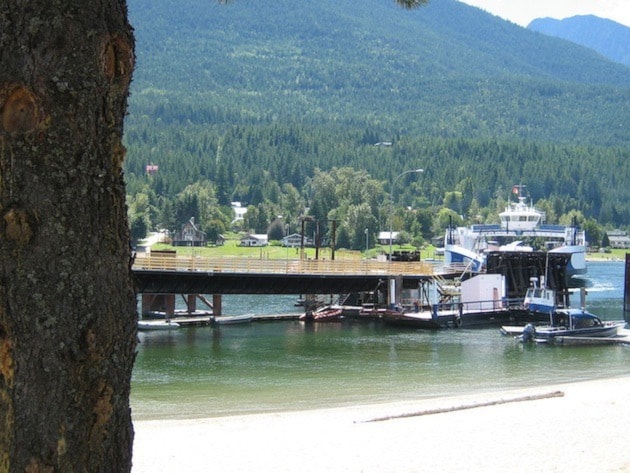In 2015, the world’s first electric vehicle ferry, Ampere, was launched in Norway.
It’s larger than the Kootenay Lake ferries, with a 120 car capacity compared to the MV Osprey’s 80, and travels a six kilometre route 34 times a day while barely making a sound and without emitting a single gram of carbon.
Norway’s ministry of transportation had sponsored a competition: design the most environmentally friendly ferry possible.Siemens, a German engineering giant who is also active in Canada, put together the electric propulsion system which is powered by batteries that were built right here in British Columbia by Corvus Energy.
The switch from diesel to electricity reduced their fuel costs by 60 per cent. Because the transmission lines where the ferry operates have a low capacity, the Norwegians had to come up with creative solutions to get enough juice into the ferry’s batteries without turning the lights out in the local villages.
The West Kootenay is basically the tar sands of hydropower, so we would be in a much better position to power such a vessel.
The first step would be rejecting our ministry of transportation and infrastructure’s proposal to move the Balfour ferry terminal to Queen’s Bay.
Under this plan, which would annihilate a popular public beach and bankrupt a local economy, there wouldn’t be a new ferry built to replace the MV Balfour, only a motorized barge for when the Osprey is in dry dock or out for maintenance.
This August, our premier announced BC’s Climate Leadership Plan. It includes plans to outfit several BC Ferries vessels with new dual-fuel systems that would allow them to run on liquid natural gas.
We can do better than that: let’s tell our government to follow Norway’s lead and begin converting our province’s ferries torun on electricity, starting right here on Kootenay Lake with the replacement of the MV Balfour.
A new electric ferry sailing from Balfour to Kootenay Bay would reduce operating costs, increase liveability (by way of its nearly silent motor), and attract throngs of deep-pocketed tourists. Imagine: a ferry powered by the very water it crosses.
This is the solution our lake deserves.
Willem Betts
Nelson
